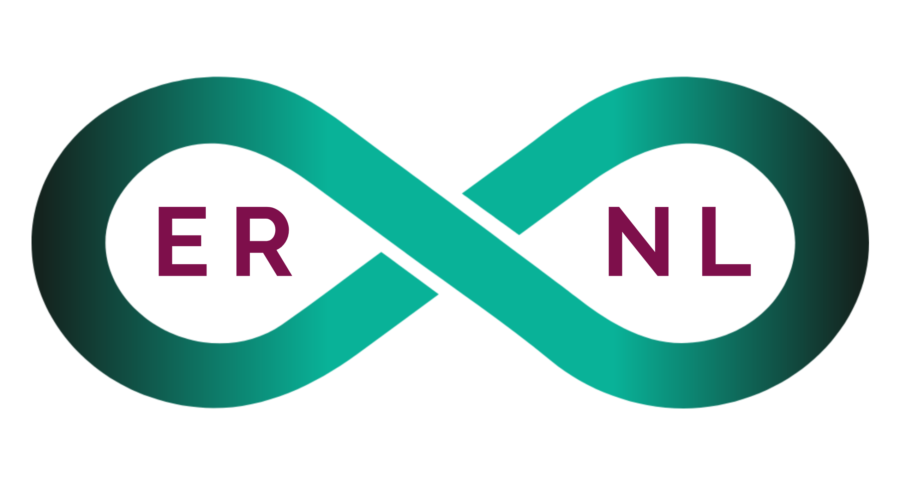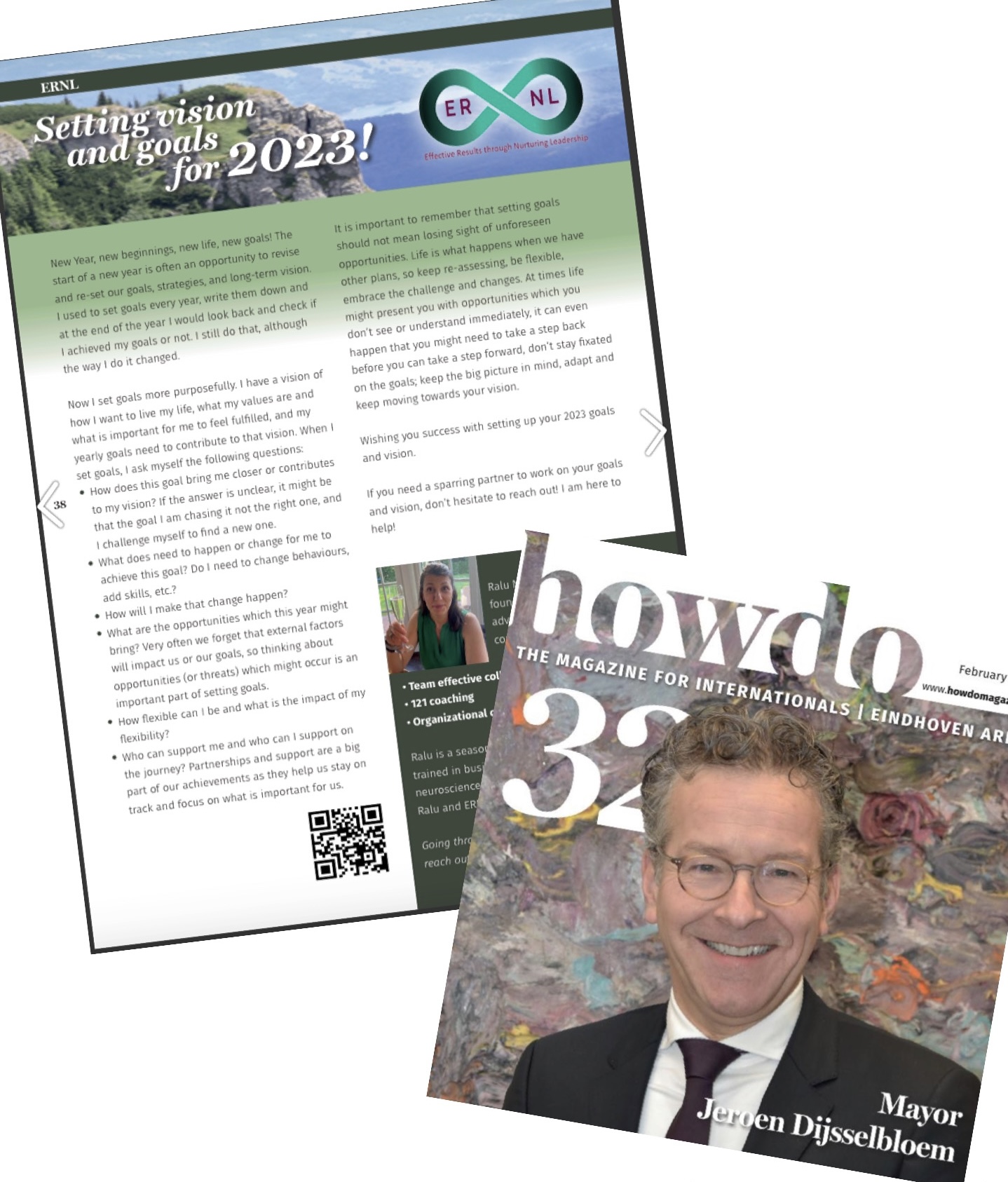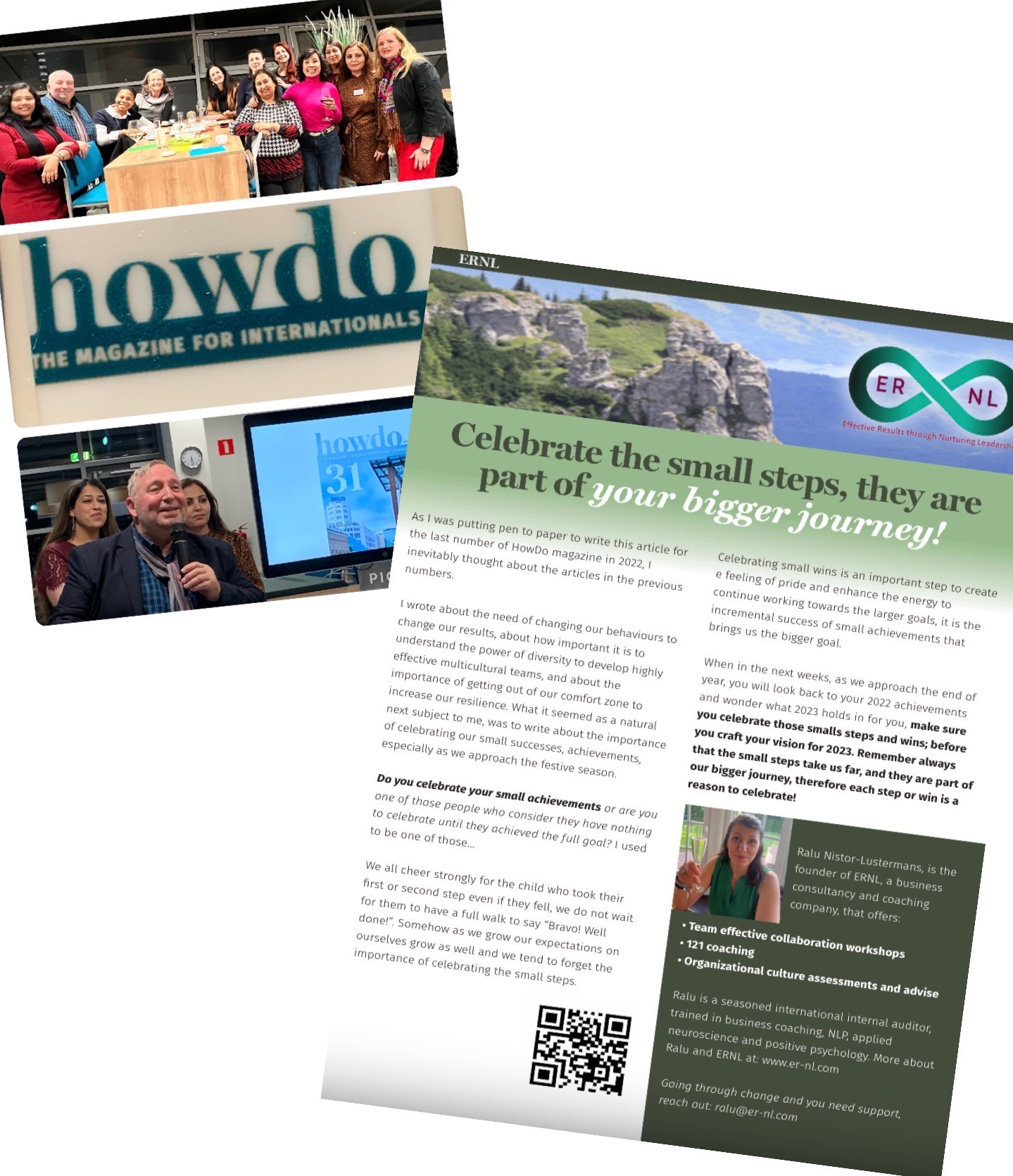- October 21, 2021
- ERNL

Organisational and team effectiveness
Organisational and team effectiveness
What makes an organisation effective?
As I am preparing for a workshop on team effectiveness, I thought about the bigger picture, and in this case the bigger picture would be organisational effectiveness.
So what is organisational effectiveness?
According to some management definitions it can be described as the : “concept of how effective an organisation is in achieving the outcomes the organisation intends to produce”; and from here the business literature goes in much more details about talent management, leadership development, organisational design and structure, design of measurement ans scorecards, implementation of change and transformation, deploying smart processes and smart technology to manage the firms’ human capital and the formulation of the broader Human Resources agenda.
In a very simplistic way summarising a number of organisational effectiveness models I found the following four to be the pillars of organisational effectiveness:
o Decision Making: the ways in which people make decisions, information they use, how they adapt their behaviour to decision made and leverage for repeating the process again until desired results are achieved to make an organisation effective.
o Change & Learning: the ways in which people learn, change, adopt and align, getting impacted by the dynamics in their environment and leverage their knowledge to create an innovative environment which leads to organisational effectiveness.
o Team Effectiveness: the ways in which people work well together, especially in bringing new ideas and innovation together and to live, so that organisations and their people can thrive.
o Agile processes and innovative technology: the ways in which processes and systems (e.g. governance, internal control and used technology, digitalisation and automation) are designed to effectively support the effective delivery of an organisation’s strategy in a fast changing environment.
Additionally I believe there are four other essential ingredients of organisational effectiveness without which the pillars above will not be connected and therefore when they work in isolation they will not lead to organisational effectiveness; and these are:
Ø Vision/mission and purpose – why do you do what you do?
Ø Strategy – how will you do it?
Ø People – what skills you need?
Ø Culture – what behaviours and values you need to show to achieve what you want?
Now imagine your team is the “organisation” and then apply the same model.
Here are a couple of opening questions I use to challenge teams to start an open conversation about their effectiveness:
1. What’s the vision/ mission/ purpose of your team? – why do you exist as a function / team within the organisation?
2. What are the team’s goals and strategy? – what are you expected to deliver, and how does it fit into be bigger picture, within the organisations’ strategy?
3. As a team player, what is your role within the team? Which part of the puzzle are you? Do you have clarity over your roles and responsibilities?
4. What behaviours you need to show to be effective and support other team members?
5. How efficient are the processes and the technologies you have to use/follow? Is there anything you would change to make them more effective?
Measuring organisational and team effectiveness can be a complex matter, and I am a big fan of making complex matters simple, and start with basics.
Written by Ralu, October 2021
Setting vision and goals for 2023!
As we all dive into 2023, for some of us the beginning of the year is an exciting time to set new goals or review…
“80% of success is showing up”
Celebrating the first year of showing up in my business! 2022 was my first year of business for ERNL. Officially my company exists for soon…
Celebrate the small steps, they are part of your bigger journey!
Right in time for the upcoming festive season, my latest article in HOWDO magazine article is a reminder of the importance of celebrating small successes! Online…



